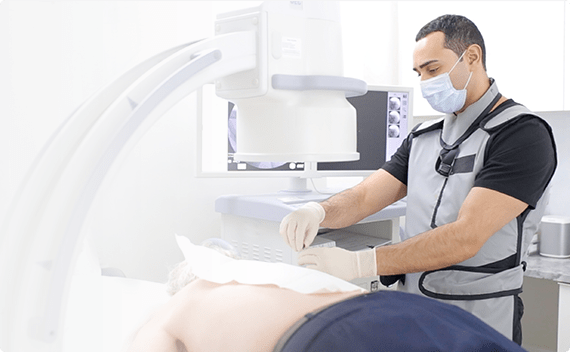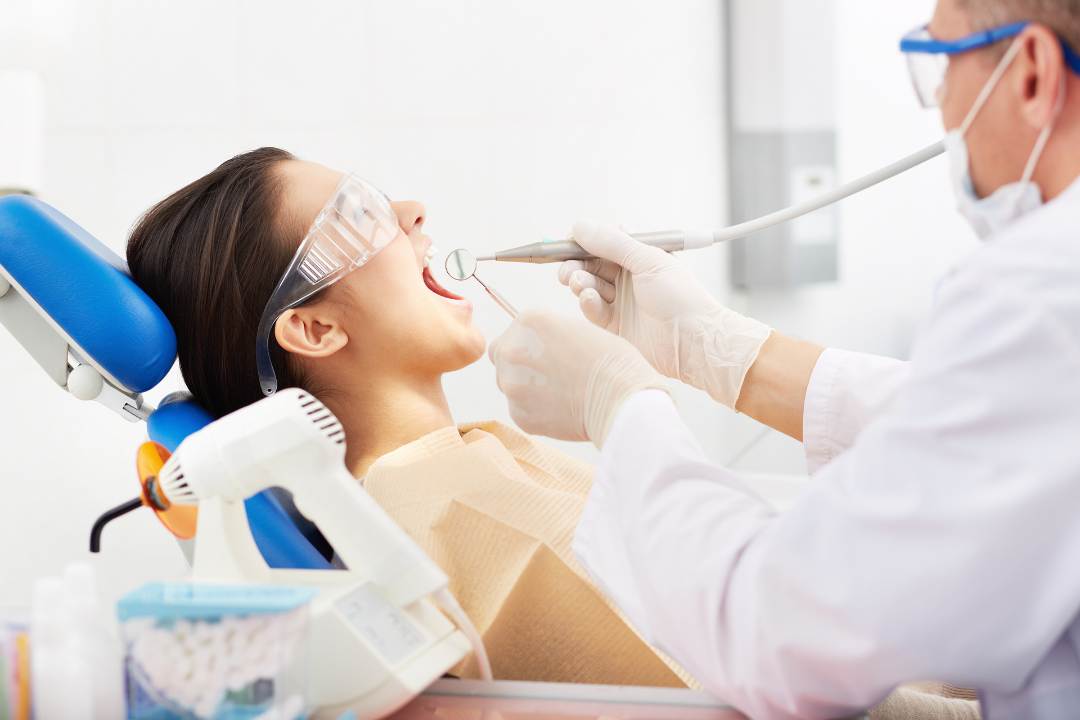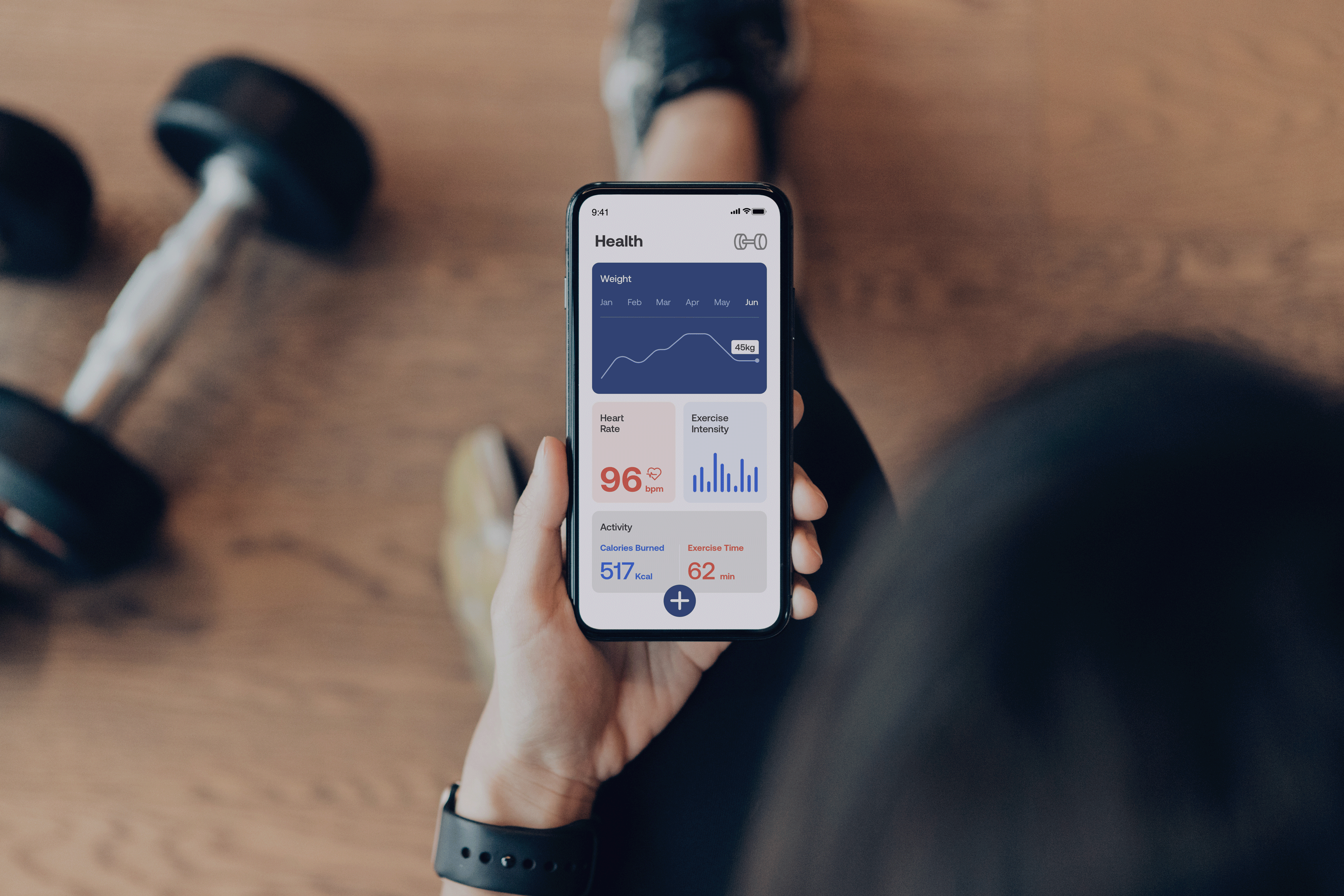Back pain is a prevalent issue that affects people of all ages and can significantly impact one’s quality of life. Seeking help from a back pain doctor is a crucial step in managing and alleviating this condition. In New Jersey (NJ), back doctors offer a variety of treatment options tailored to individual needs. This article explores the typical treatment options provided by a back pain doctor, highlighting the comprehensive care available in NJ.
Non-Surgical Treatment Options
Physical Therapy
Physical therapy is often the first line of treatment recommended by back pain doctors. Customized exercise programs are designed to strengthen the muscles supporting the spine, improve flexibility, and promote better posture. Physical therapists work closely with patients to ensure exercises are performed correctly and effectively, aiming to reduce pain and prevent future injuries.
Medications
Several types of medications are commonly prescribed to manage back pain. Over-the-counter pain relievers, such as acetaminophen or nonsteroidal anti-inflammatory drugs (NSAIDs), are frequently recommended. In cases of more severe pain, muscle relaxants or prescription pain medications may be used. Back pain doctors carefully consider the patient’s condition and medical history when prescribing medications to ensure safety and effectiveness.
Injections
Injections are utilized for both diagnostic and therapeutic purposes. Corticosteroid injections can reduce inflammation and provide significant pain relief. These injections are often administered in the epidural space or directly into the facet joints or sacroiliac joints. Trigger point injections, which target specific muscle knots, can also be effective in alleviating pain.
Chiropractic Care
Chiropractic care involves spinal manipulation and other manual therapies to improve spinal alignment and relieve pain. Chiropractors in NJ work alongside back pain doctors to provide a holistic approach to back pain management. Chiropractic adjustments can help restore mobility, reduce nerve irritation, and enhance the overall function of the spine.
Minimally Invasive Procedures
Radiofrequency Ablation (RFA)
Radiofrequency ablation (RFA) is a minimally invasive procedure used to treat chronic back pain. This technique involves using radiofrequency energy to heat and destroy nerve tissues responsible for transmitting pain signals. RFA is particularly effective for patients with facet joint pain or sacroiliac joint dysfunction, providing long-lasting relief with minimal recovery time.
Spinal Cord Stimulation (SCS)
Spinal cord stimulation (SCS) involves implanting a small device that delivers electrical impulses to the spinal cord. These impulses interfere with pain signals, reducing the perception of pain. SCS is often recommended for patients with chronic back pain who have not responded to other treatments. This technique can be adjusted to suit individual pain patterns, offering customizable relief.
Surgical Treatment Options
Discectomy
A discectomy is a surgical procedure aimed at relieving pain caused by a herniated disc. During the procedure, the herniated portion of the disc is removed to reduce pressure on the surrounding nerves. This surgery is typically performed using minimally invasive techniques, resulting in shorter recovery times and reduced risk of complications.
Laminectomy
A laminectomy is performed to relieve pressure on the spinal cord or nerves caused by spinal stenosis. The surgeon removes a portion of the vertebra called the lamina to create more space within the spinal canal. This procedure can significantly reduce pain and improve mobility for patients with severe spinal stenosis.
Spinal Fusion
Spinal fusion is a surgical procedure used to stabilize the spine by fusing two or more vertebrae together. This technique is often employed in cases of spinal instability, severe degeneration, or deformity. By eliminating motion between the fused vertebrae, spinal fusion can reduce pain and improve function. Advanced techniques and materials have made this procedure safer and more effective.
Artificial Disc Replacement
Artificial disc replacement is an alternative to spinal fusion for certain patients with degenerative disc disease. During the procedure, the damaged disc is removed and replaced with an artificial disc that mimics the natural movement of a healthy disc. This surgery aims to preserve mobility and reduce the risk of adjacent segment degeneration.
Alternative and Complementary Therapies
Acupuncture
Acupuncture involves inserting thin needles into specific points on the body to stimulate natural pain relief mechanisms. This ancient Chinese practice has been found effective in managing chronic back pain. Many back pain doctors in NJ incorporate acupuncture into their treatment plans as a complementary therapy to enhance overall pain management.
Massage Therapy
Massage therapy can help alleviate muscle tension, improve circulation, and promote relaxation. Regular massage sessions can be particularly beneficial for patients with chronic back pain, reducing discomfort and enhancing overall well-being. Back pain doctors often recommend massage therapy as part of a comprehensive treatment plan.
Yoga and Pilates
Yoga and Pilates are low-impact exercises that focus on improving flexibility, strength, and posture. These practices can be particularly beneficial for individuals with back pain, as they promote core stability and reduce muscle tension. Many back pain doctors encourage patients to incorporate yoga or Pilates into their routine to support long-term back health.
Lifestyle Modifications and Preventive Measures
Ergonomic Adjustments
Making ergonomic adjustments in the workplace and at home can significantly reduce back pain. Back pain doctors provide guidance on proper posture, chair selection, desk setup, and lifting techniques. These adjustments help minimize strain on the spine and prevent future injuries.
Weight Management
Maintaining a healthy weight is crucial for reducing back pain. Excess weight can place additional stress on the spine, exacerbating pain and discomfort. Back pain doctors work with patients to develop weight management plans that include a balanced diet and regular exercise.
Smoking Cessation
Smoking has been linked to increased back pain due to its negative impact on circulation and bone health. Back pain doctors often advise patients to quit smoking to improve their overall health and reduce back pain. Support and resources for smoking cessation are provided as part of a comprehensive treatment plan.
Conclusion:
A variety of treatment options are typically offered by back pain doctors to address the diverse needs of patients. Back Doctor NJ utilize a combination of non-surgical treatments, minimally invasive procedures, surgical interventions, and complementary therapies to provide comprehensive care. By working closely with a back pain doctor in NJ, patients can find effective solutions to manage their pain and improve their quality of life. If back pain is affecting your daily activities, seeking help from a specialized back pain doctor can be the first step towards relief and recovery.






